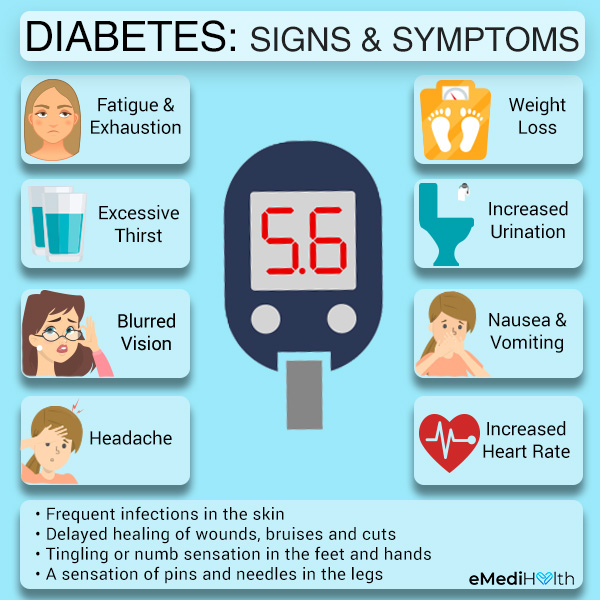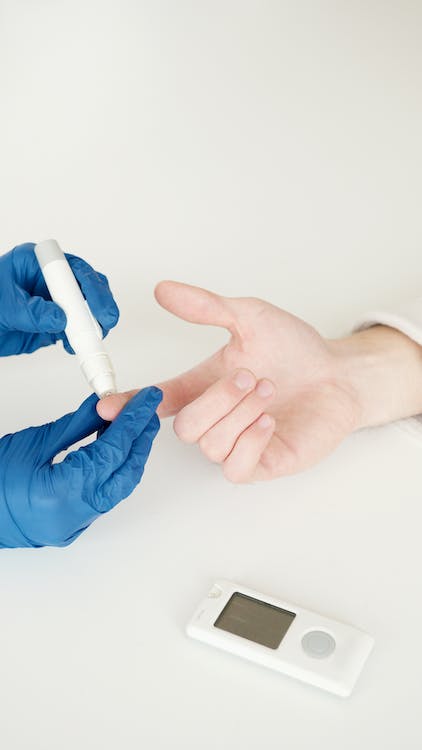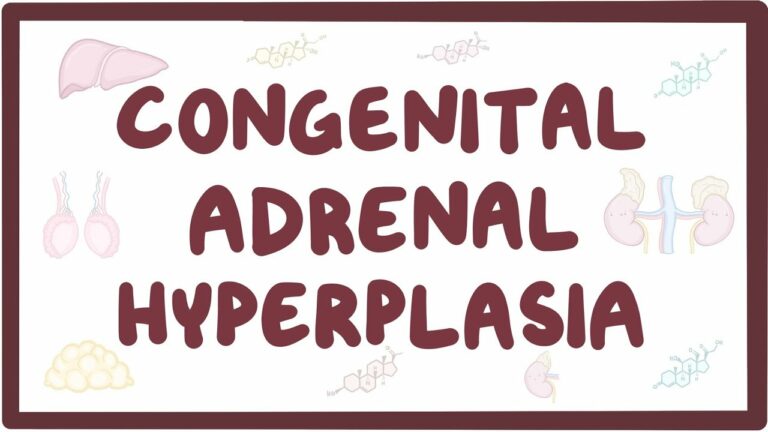Diabetes Treatment in Canada: Managing Your Blood Sugar Levels
Blood glucose or blood sugar refers to the amount of glucose in your blood at a given time. The term diabetes refers to a condition where the body does not produce enough insulin or cannot fully utilize the insulin produced. This is a chronic disease that if not properly managed, can lead to blindness, stroke, kidney failure and heart disease. It can affect people of different ages and social backgrounds although the prevalence of the types varies according to age. Different kinds of diabetes can occur with each having different managemental processes. However, overlaps may occur. Understanding how diabetes treatment is done in Canada is useful if you are in Canada. A more crucial knowledge is managing your blood sugar levels to control the disease.
Predisposing Factors to Diabetes
- Age: Individuals who are 35 years or older are advised to perform a routine blood screening. This can be done every three years, depending on the result obtained.
- BMI: People with a body mass index higher than 25, regardless of age, should be screened routinely.
- Medical history: These factors include a history of polycystic ovary syndrome and gestational diabetes, high blood pressure or heart disease, non-typical cholesterol levels, sedentary lifestyle.
- Patients with a prediabetes diagnosis are advised to do a yearly testing.
- Individuals with HIV
Clinical signs and symptoms of diabetes

Depending on the type, the common symptoms may be rapid or slow. The common signs and symptoms associated with diabetes are:
- High blood sugar or hyperglycaemia
- Frequent urination (polyuria)
- Excessive thirst (polydipsia)
- Headache and fatigue
- Blurred vision
- Irritability
- Nausea and vomiting
- Sweet smelling breath
- Shortness of breath
- Hallucinations and confusion
- Abdominal pain or discomfort
- Sweating and shakiness
- Seizures
Types of Diabetes

Type 1 Diabetes: About 10% of people with diabetes have this kind of diabetes. It is due to an autoimmune disease whereby the insulin-producing cells are being attacked by the host immune system.
Type 2 Diabetes: The most common type of diabetes is type 2 diabetes. It happens when the body does not produce enough insulin or the body does not utilize the insulin produced.
Prediabetes: This is the type of diabetes that is a stage before type 2 diabetes.
Gestational Diabetes: This is a transient form of diabetes that occurs in some pregnant women. It is a predisposing factor to type 2 diabetes.
Type 3c Diabetes: This type of diabetes is seen in pancreatic damage caused by factors other than autoimmune reactions. Common conditions that can lead to type 3c diabetes are pancreatic cancer, pancreatectomy, pancreatitis and cystic fibrosis.
Brittle Diabetes: This is a type of type 1 diabetes in which there are frequent and severe episodes of low and high blood sugar.
Maturity-onset diabetes of the Young (MODY): This is also called monogenic diabetes, and it happens due to a genetic mutation which affects the body’s production and use of insulin.
Neonatal Diabetes: This is a form of monogenic diabetes that occurs within the first six months of life. It is rare and can be transient. Some neonates go on to have a permanent form.
Latent autoimmune diabetes: This is a result of an autoimmune reaction. It is slow in onset and is prevalent in people older than 30 years of age.
Diagnosis
Blood glucose levels ranging from 4.0 mmol/L and 7.0 mmol/L are normal in Canada. Various factors, such as meal timing and time of day, influence normal blood glucose levels. Typical examinations performed to diagnose diabetes include the following:
- A1C test: This is a measurement of your average blood sugar control for the last two to three months. Approximately 50% of the value comes from the last 30 days. This blood test does not require a fasting period. It is also called the glycated haemoglobin test since it measures the percentage of blood sugar attached to haemoglobin. An A1C level of 6.5% or higher on two separate tests means that you have diabetes. An A1C between 5.7% and 6.4% means that you have prediabetes. Values below 5.7% are considered normal.
- Random blood sugar test: The blood sample is taken at a random time, irrespective of fasting status. Values higher than 200 mg/dL (11.1 mmol/L) suggest diabetes.
- Fasting blood sugar test: This is done with a fast, and a result of 100 mg/dL (5.6 mmol/L) or less is normal. Prediabetes is defined by fasting blood sugar levels ranging from 100 to 125 mg/dL (5.6 to 6.9 mmol/L). You have diabetes if it is 126 mg/dL (7 mmol/L) or higher on two separate tests.
- Glucose tolerance test: An overnight fasting is required for this test. After the test, a sugary drink is administered, and the patient is tested every two hours. A blood sugar level of less than 140 mg/dL (7.8 mmol/L) is normal. Prediabetes is defined as a blood sugar level between 140 and 199 mg/dL (7.8 mmol/L and 11.0 mmol/L). Anything higher than 200 mg/dL (11.1 mmol/L) after two hours means you have diabetes.
Treatment of Diabetes
Management of diabetes of diabetes is dependent on the type and underlying cause. However, lifestyle changes are necessary for a better quality of life. Due to the availability of treatment options and the protracted nature of treatment in many countries, overseas treatment is not a sought-after route. In cases where initial treatment runs in thousands of Canadian dollars, patients may opt for a medical tourism offer and then maintain the treatment locally.
The regimen for the management of diabetes includes:
Diet:
A good dietary plan is one of the key elements in diabetes treatment. This is to ensure that excess sugar in the body is avoided. A proper diet may be planned with the aid of a dietician or a healthcare professional.
Exercise and physical activity:
Proper planning of a fitness program is vital. This helps to reduce factors such as obesity and heart disease, conditions that predispose and may complicate a diabetes diagnosis. Physical activity also lowers the blood sugar level by moving sugar into your cells, where it is used for energy.
Insulin injections:
This treatment is used mainly for individuals with type 1 and 2 diabetes. Different types of insulin are available (short-acting or regular insulin), rapid-acting insulin, long-acting insulin and intermediate options. Each is used depending on several factors. Insulin can only be administered via injections since the stomach enzymes interfere with its function.
Oral or other drugs:
Some drugs aid the pancreas to produce more insulin, prevent glucose production from the liver or block the action of stomach or intestinal enzymes that break down carbohydrates, slowing their absorption. Others help to increase cellular sensitivity to insulin while SGLT2 inhibitors work by preventing the kidneys from reabsorbing filtered sugar into the blood. The common drug used in type 2 diabetes is Metformin.
Transplantation:
Pancreatic or Islet transplant may be indicated in some cases of diabetes. This treatment option, if successful, eliminates the need for insulin injections. Unfortunately, it is expensive for most people. Health tourism companies may offer packages for overseas treatment which may be more affordable than what is offered in Canada. The risks of immune-mediated reactions are high, and as such, may predispose the individual to further complications.
Bariatric surgery:
This surgery is used to perform a gastric bypass for individuals with a high body mass index. However, this procedure is associated with long-term risks, and its benefits to individuals with diabetes are yet to be established.
Conclusion
Although there is no known cure for diabetes, science has evolved and developed different and affordable treatment options for individuals with diabetes. In all, a good diet, exercise and proper management will go a long way in improving the quality of life of the patient.
The information provided in this blog is for educational purposes only and should not be considered as medical advice. It is not intended to replace professional medical consultation, diagnosis, or treatment. Always consult with a qualified healthcare provider before making any decisions regarding your health. Read more





